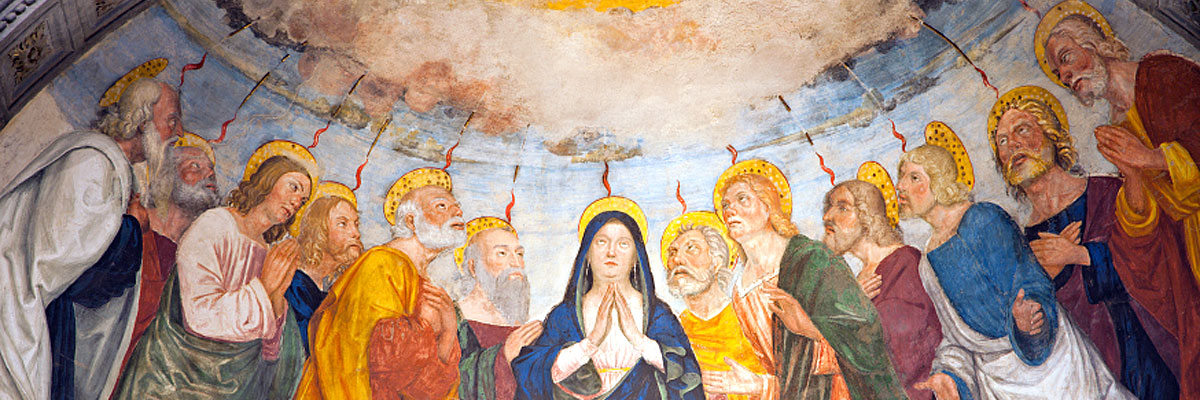
Understanding Our Church
A Treasury of Arkansas Writers Discussing the Catholic Faith
Official Website of the
Catholic Diocese of Little Rock
Luminous mysteries great way to meditate on life of Christ in rosary
Published: September 20, 2003
By Betsy Wiederkehr Huss
As the Year of the Rosary, declared by Pope John Paul II, draws to an end in October, I wonder how the new luminous mysteries have affected our Church and its people. These five new mysteries of light focus on Jesus’ public ministry and his life between childhood and the passion. The pope emphasized many times the rosary is Christ-centered in his apostolic letter, “Rosarium Virginis Mariae.”
With the addition of the luminous mysteries, the rosary is now a more complete short summary of the Gospel, which was John Paul II’s goal.
The Holy Father wrote in this letter that the “addition of these new mysteries, without prejudice to any essential aspect of the prayer’s traditional format, is meant to give it fresh life and to enkindle renewed interest in the rosary’s place within Christian spirituality as a true doorway to the depths of the heart of Christ, ocean of joy and of light, of suffering and of glory.”
Has a renewed interest been enkindled and a fresh life given to the rosary in your life? For more than nine centuries, the act of praying using a string of knots or beads has been a part of the Church’s tradition. In fact, the Old Saxon word “bede” means prayer. Monks used to move beads or knots through their fingers to keep tract of the 150 psalms they recited in Latin daily.
Then, the everyday person, not educated in Latin, started using beads to pray 150 Our Fathers. In the 16th century, Pope Pius V encouraged Catholics to pray 150 Hail Marys in decades on their beads and separate them with an Our Father while meditating on the life of Christ. Pius V also added the second part of the Hail Mary to its biblical beginning which gave us this familiar form of the rosary.
Feeling the beads between our fingers while praying the rosary can free us to focus and meditate with our hearts and minds on its mysteries, even when we join our voices in community. The luminous mysteries are such named because they spotlight significant events in Jesus’ public ministry and the fact that he is the light of the world. (John 8:12) The first of these mysteries is the baptism of Jesus when he is identified as God’s Son and his ministry as the Messiah begins.
Second is the wedding at Cana where his first miracle was performed. Next is the proclamation of the kingdom that encourages us to reflect on his saving work of healing and forgiveness. Fourth is the transfiguration where Jesus is truly illuminated in his divine glory. And the last luminous mystery is the first Eucharist, which tells us about the body of Christ as his gift to us and as our identity in him.
I was greatly inspired by “Rosarium Virginis Mariae.” Through the pope’s writing your heart and life can be moved into action too. The rosary is a prayer for peace and our world is still in need of that gift. So, why not be a peacemaker and pray the rosary? As we become more at home with this prayer, it will be more meaningful to us and help bring us to that “doorway to the depths of the heart of Christ.”



